Chandrayaan-3's Vikram lander successfully landed near the Moon's south pole at 7:34 p.m. on August 23 (Hanoi time).
The moment the Indian lander touched down on the surface of the Moon. Video: ISRO
The Indian Space Research Organisation (ISRO) initiated the automatic landing at 7:14 p.m. (Hanoi time). There was no intervention from the ground station when the automatic landing began. The lander began its descent at 7:15 p.m. (Hanoi time), then gradually descended to land gently near the lunar south pole. The final minutes of the lunar landing were known as the "15 minutes of terror".
It consists of four phases. The first is the braking phase, during which the lander’s horizontal speed drops from about 6,000 km/h to nearly 0 km/h for a gentle landing. Next is the attitude holding phase: At an altitude of about 7.43 km above the lunar surface, the lander will rotate from horizontal to vertical while traveling 3.48 km.
The third stage is a gentle braking phase, lasting about 175 seconds. During that time, the lander will travel about 28.52 km (measured horizontally) to the landing site, while also dropping about 1 km in altitude. Previously, Chandrayaan-2 lost control between stages 2 and 3.
The final stage is the descent to the surface, the lander in a completely vertical position will gradually land on the Moon.
"When we witness such historic moments, we feel proud. This is the dawn of a new India. No country has ever been to this region (the lunar south pole). With the efforts of our scientists, we have reached there," Prime Minister Modi shared when Chandrayaan-3 was successful.
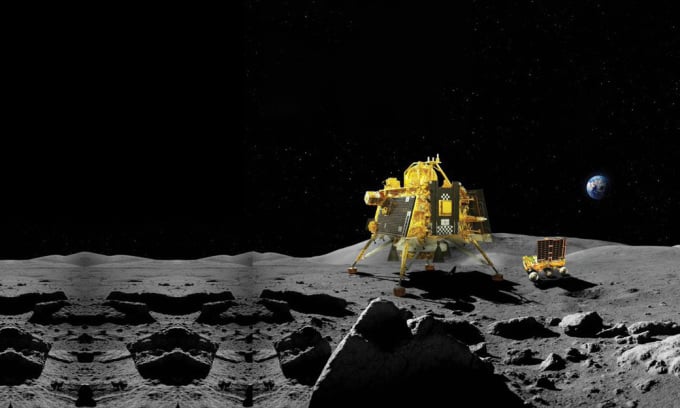
Simulation of Vikram lander and Pragyan robot during Chandrayaan-3 lunar mission. Photo: ISRO
The success of Chandrayaan-3 made India the fourth country in the world to land on the surface of the Moon, after the Soviet Union, the United States and China. The mission also marked the emergence of India as a new space power. Indian Prime Minister Narendra Modi is looking to boost investment in private space launches and satellite-related businesses. India wants its private space companies to increase their share of the international launch market fivefold over the next decade.
The first lunar mission under India's Chandrayaan program was Chandrayaan-1, launched in 2008. The mission consisted of an orbiter orbiting the Moon at an altitude of 100 km to map the Moon's geology, mineralogy and chemistry. After the orbiter completed all its primary mission objectives, it was raised to 200 km in May 2009. The mission ended when contact with it was lost in late August 2009.
In 2019, India launched the Chandrayaan-2 mission to attempt a lunar lander, but it failed. The lander and robot were destroyed when they crashed near the intended landing site of Chandrayaan-3. Meanwhile, the Chandrayaan-2 orbiter deployed successfully and is still orbiting the Moon.
On July 14 this year, Chandrayaan-3’s Vikram lander was launched from the Satish Dhawan Space Center, continuing its lunar landing ambitions. The lander gradually gained altitude, then fired its engines on July 31 to head towards the Moon. It entered lunar orbit on August 5.
Vikram is aiming for the lunar south pole, which has attracted much interest due to the possibility of water ice, which could be used for propellant or life support. While not exactly at the south pole, India is planning to land further south than any previous landing. Landing near the equator, meanwhile, is thought to be easier for a number of technical reasons related to lighting, communications and terrain.
Vikram is about 2 meters tall and weighs more than 1,700 kg, including the 26 kg Pragyan rover it carries. A large part of Vikram's mass is propellant. Vikram and Pragyan are solar-powered and have an expected mission duration of one lunar day (about 14 Earth days), before the dark and cold lunar night sets in, depleting their batteries. The duo will conduct a range of experiments, including spectroscopy analysis of the mineral composition of the lunar surface.
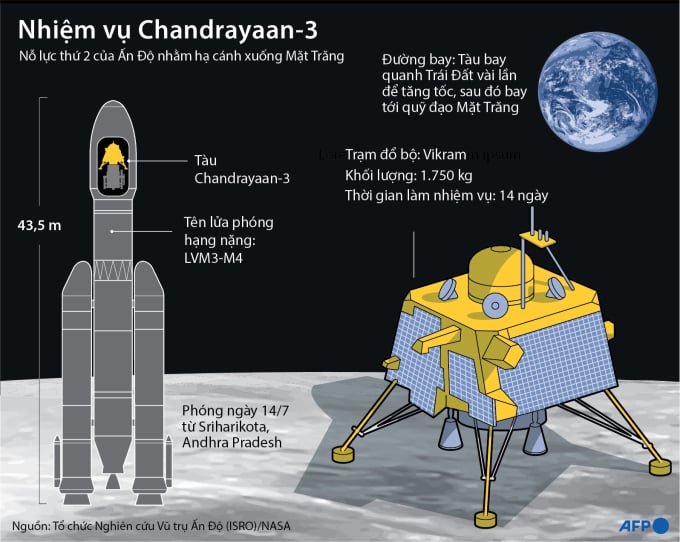
Information about India's Chandrayaan-3 lunar mission. Graphics: AFP
Vikram carries four sets of scientific instruments, including a thermal probe that can penetrate about 10 centimeters into the lunar soil and record the temperature of the soil throughout the lunar day. The lander also has a retroreflector, which is expected to remain in use long after the lander is decommissioned. Meanwhile, the robot Pragyan carries the Laser Emission Spectrometer (LIBS) and the Alpha Particle X-ray Spectrometer (APXS) to study the lunar soil.
Landing on the moon is not easy. Another spacecraft aimed at the lunar south pole was Russia’s Luna-25. That mission failed when Russia announced on August 20 that it had crashed into the lunar surface. ispace, a private Japanese space startup, also failed in its attempt to land on the moon in April.
Thu Thao (According to Space, Times of India )
Source link


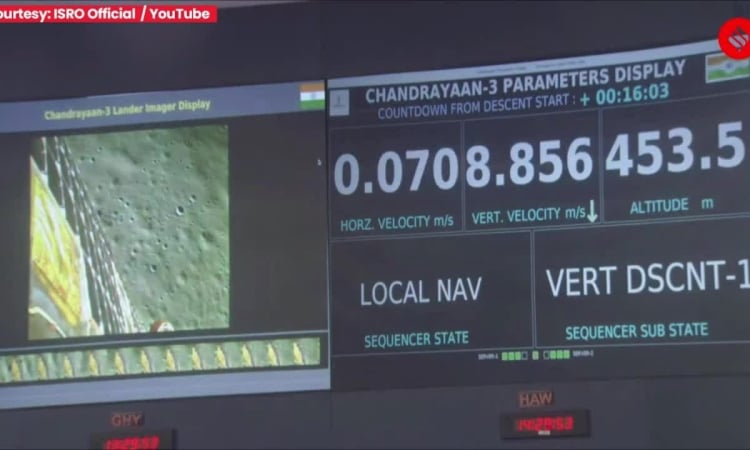
![[Photo] Phuc Tho mulberry season – Sweet fruit from green agriculture](https://vstatic.vietnam.vn/vietnam/resource/IMAGE/2025/4/10/1710a51d63c84a5a92de1b9b4caaf3e5)

![[Photo] Prime Minister Pham Minh Chinh chairs meeting to discuss tax solutions for Vietnam's import and export goods](https://vstatic.vietnam.vn/vietnam/resource/IMAGE/2025/4/10/19b9ed81ca2940b79fb8a0b9ccef539a)


![[Photo] Unique folk games at Chuong Village Festival](https://vstatic.vietnam.vn/vietnam/resource/IMAGE/2025/4/10/cff805a06fdd443b9474c017f98075a4)
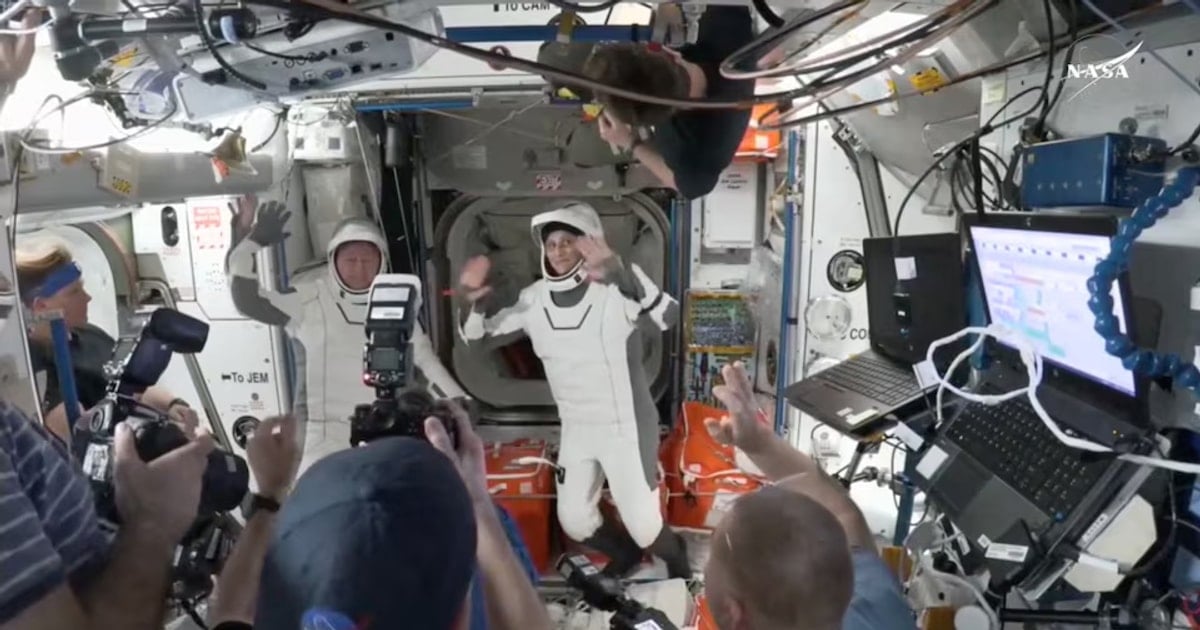

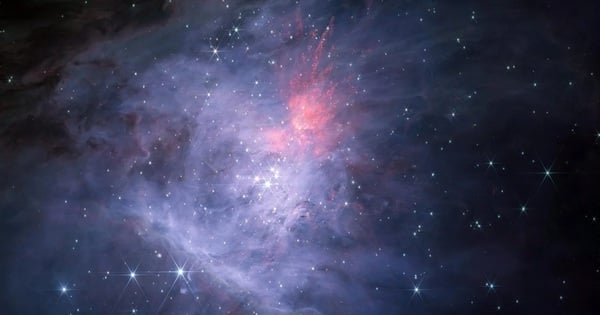

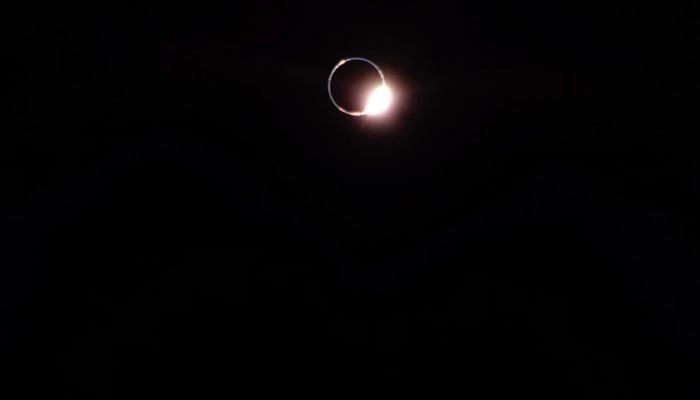

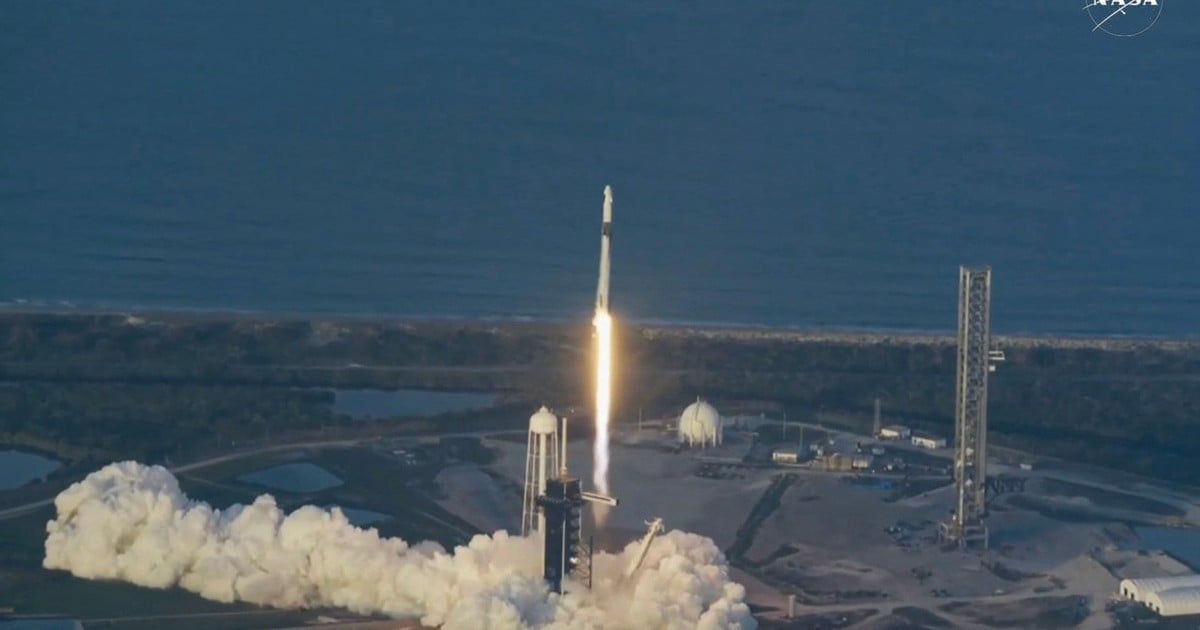

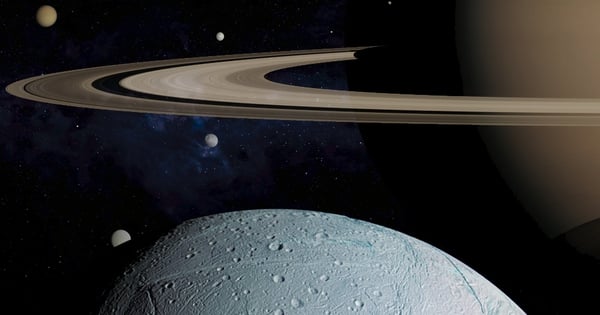
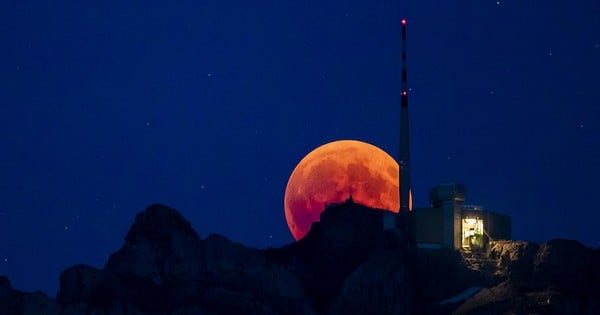





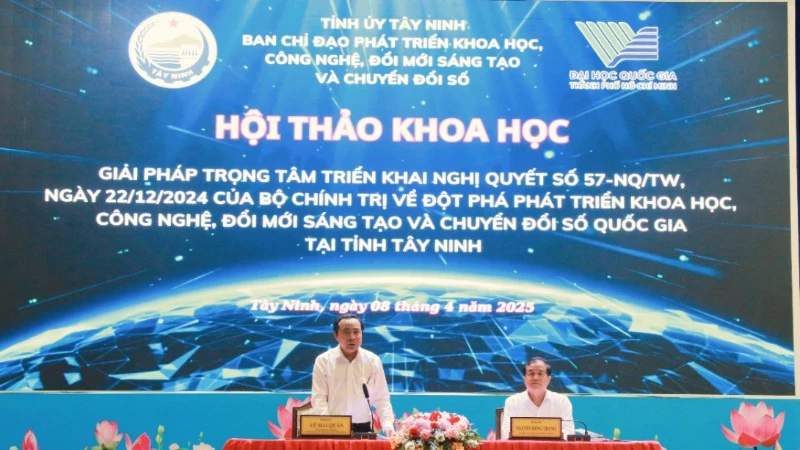























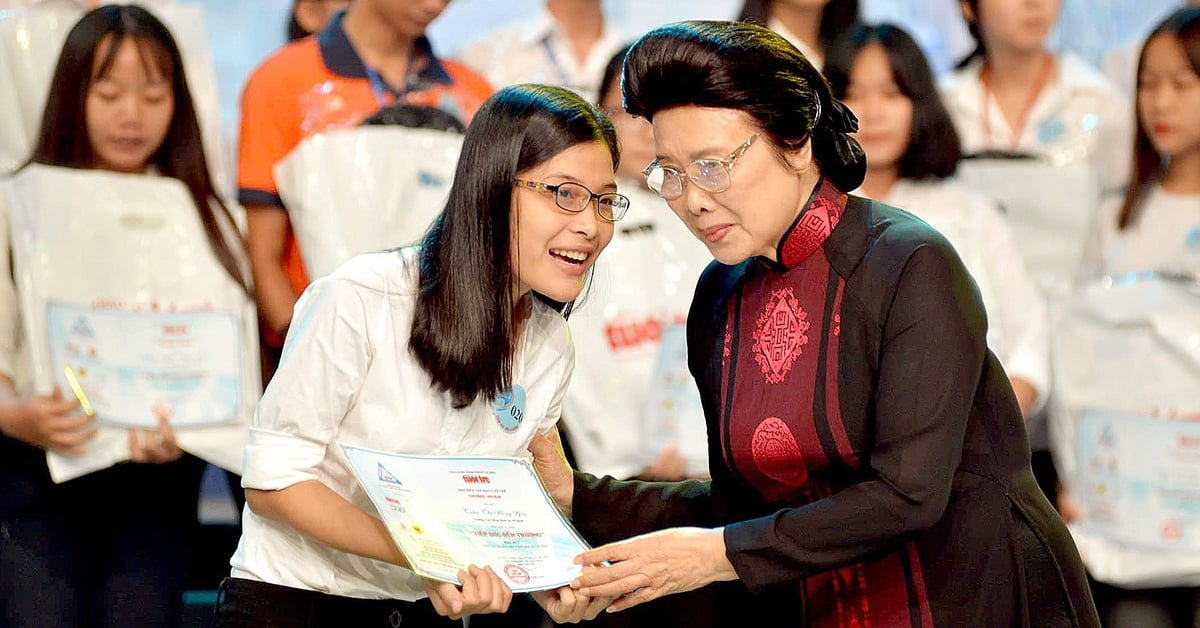













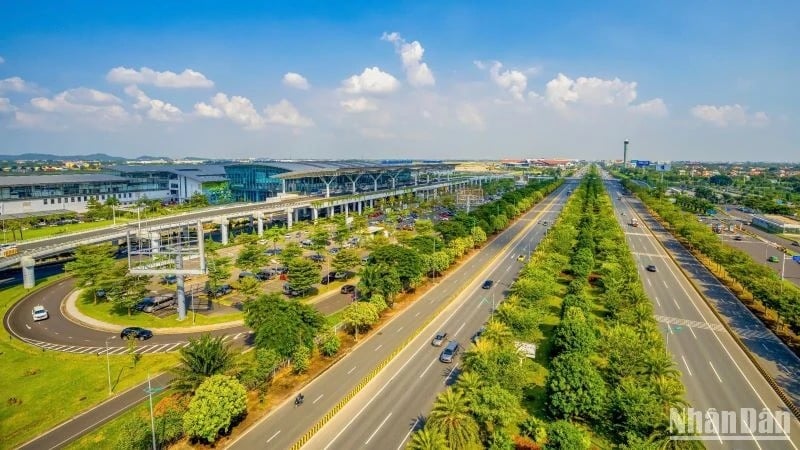



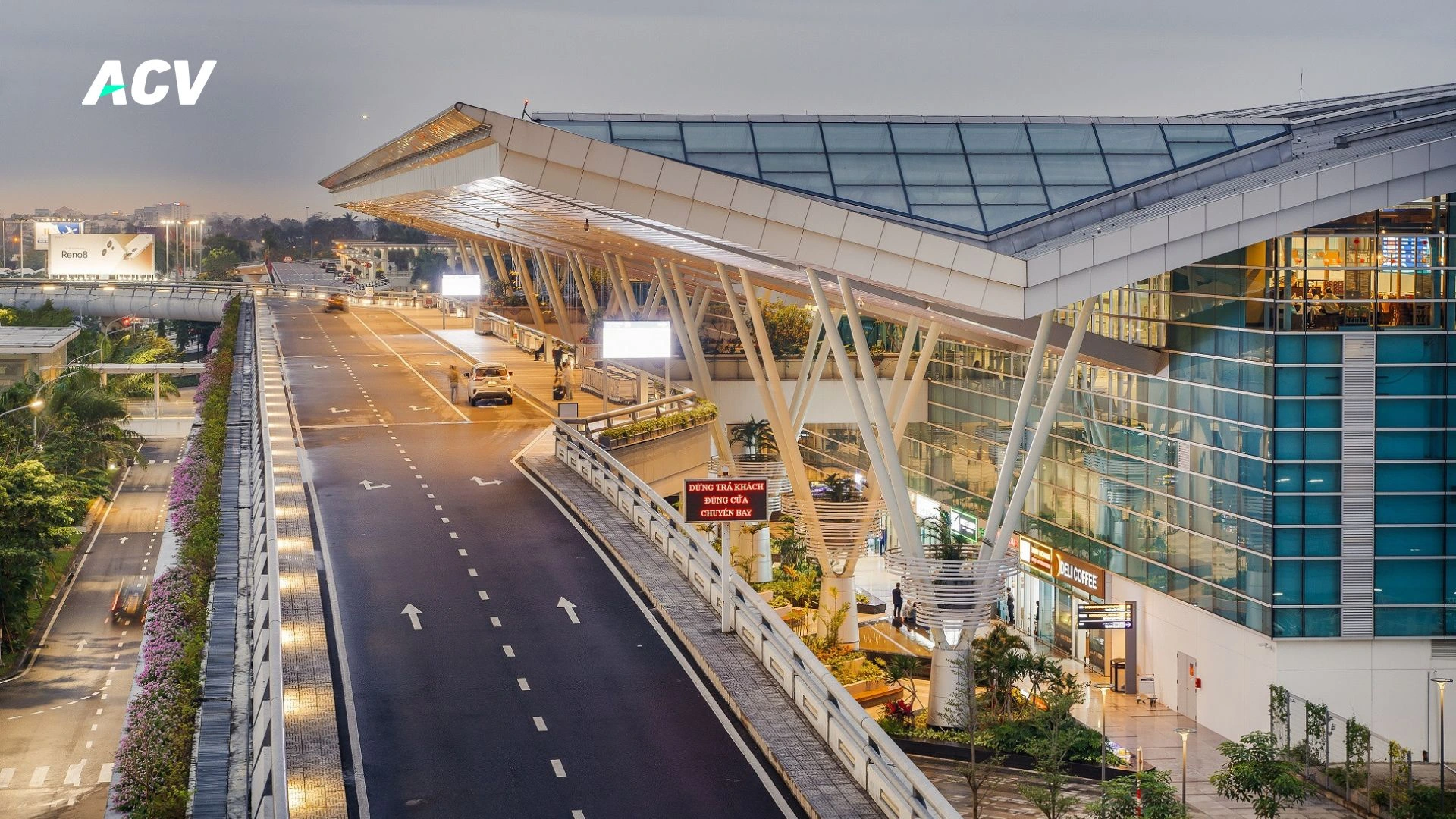












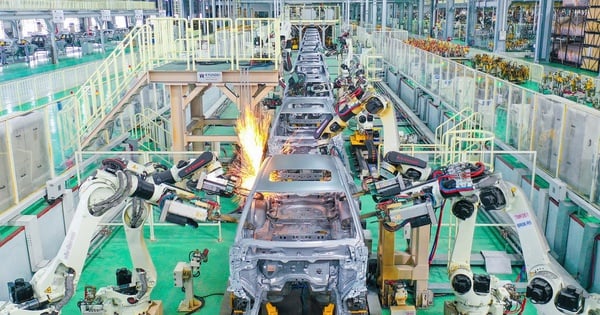

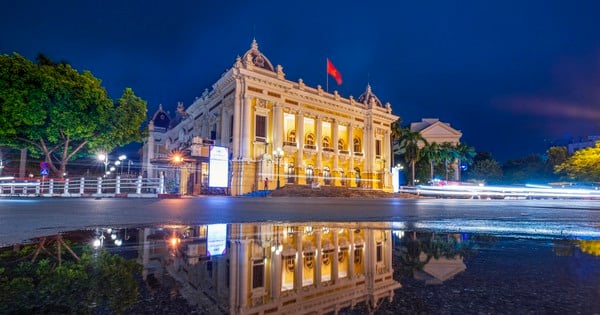
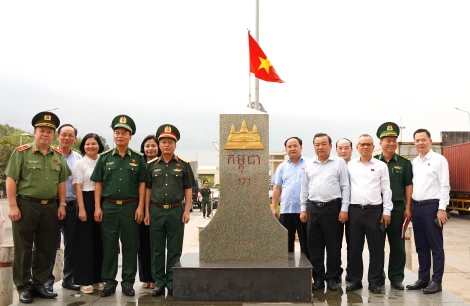





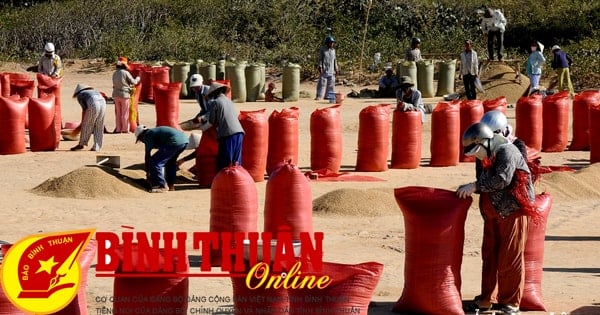






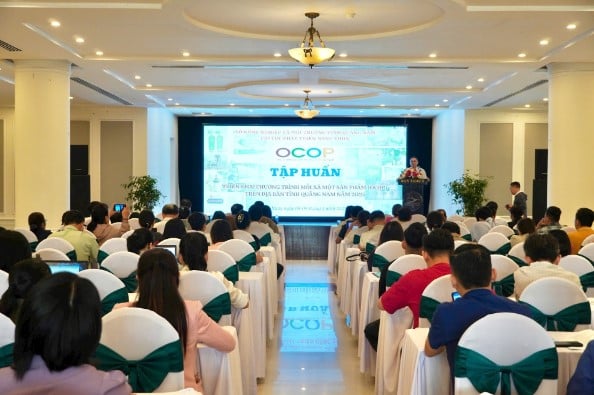


Comment (0)